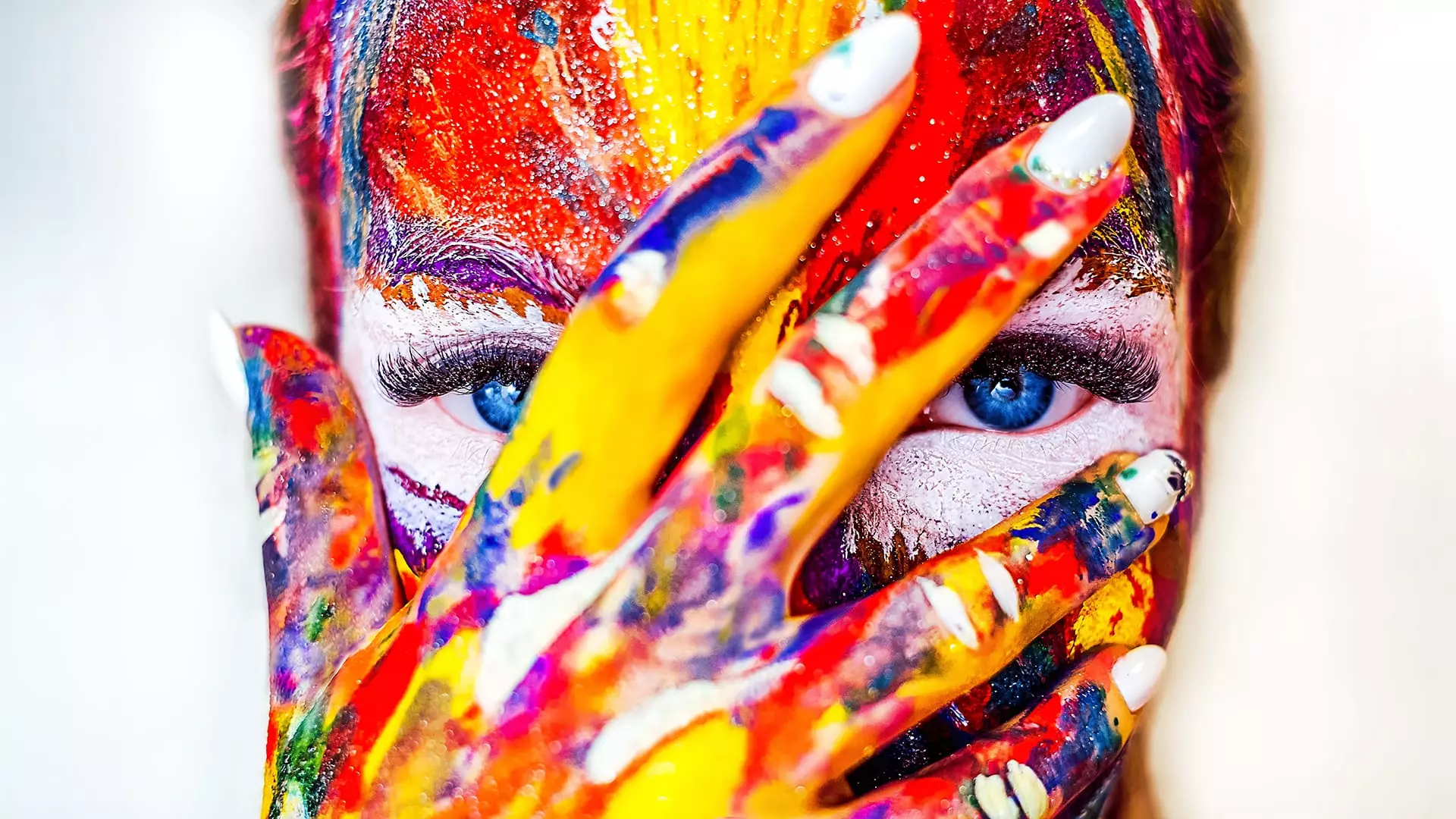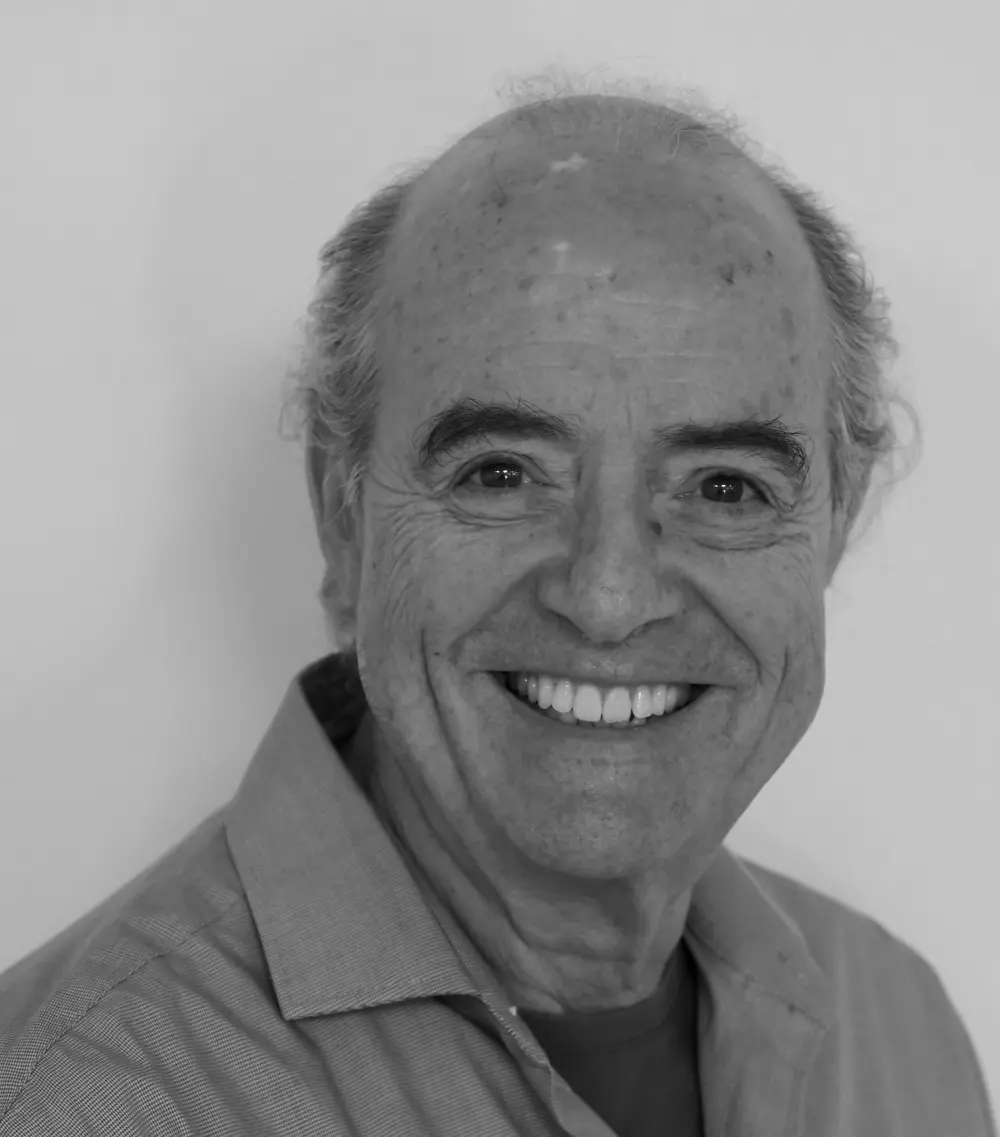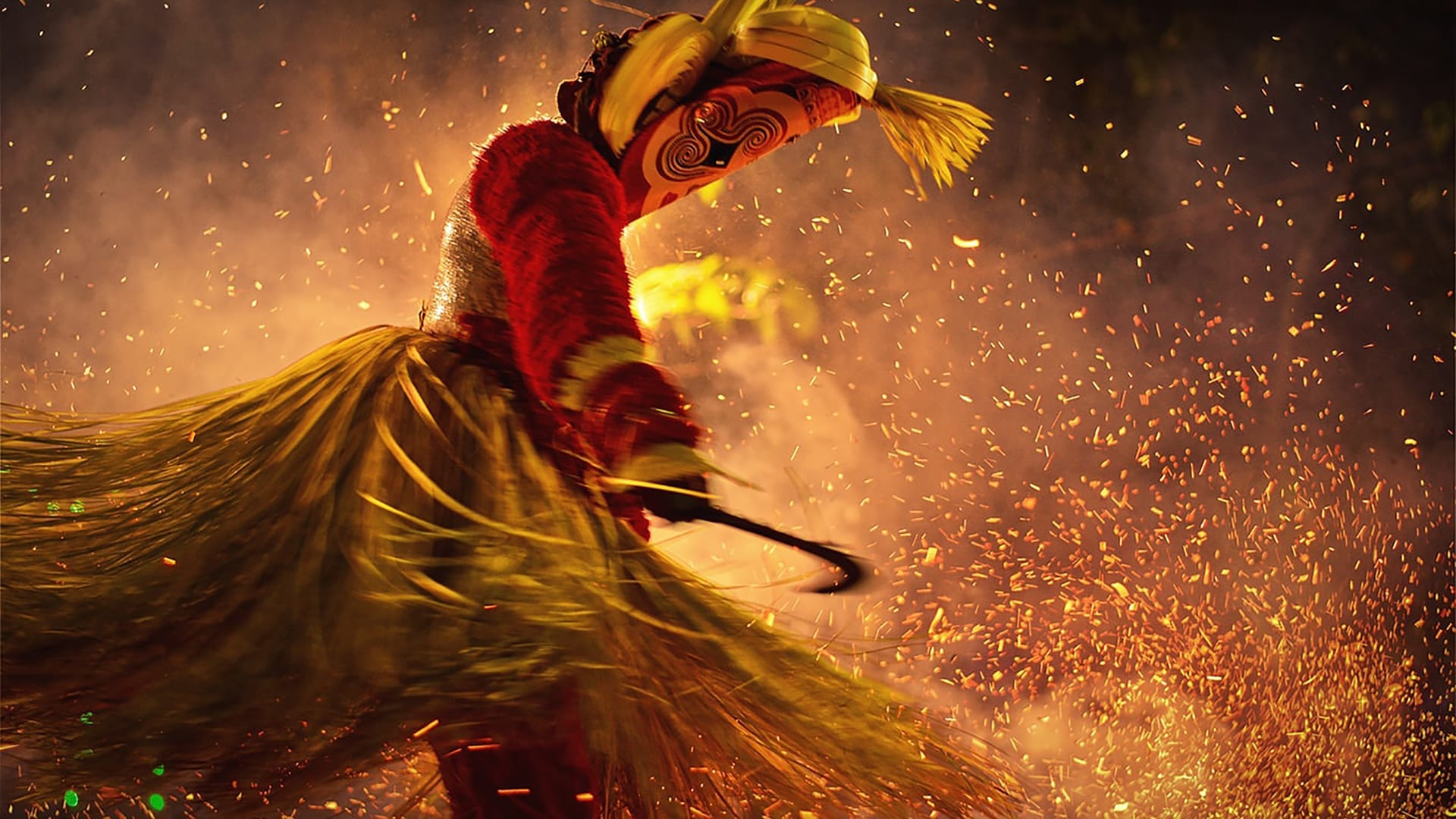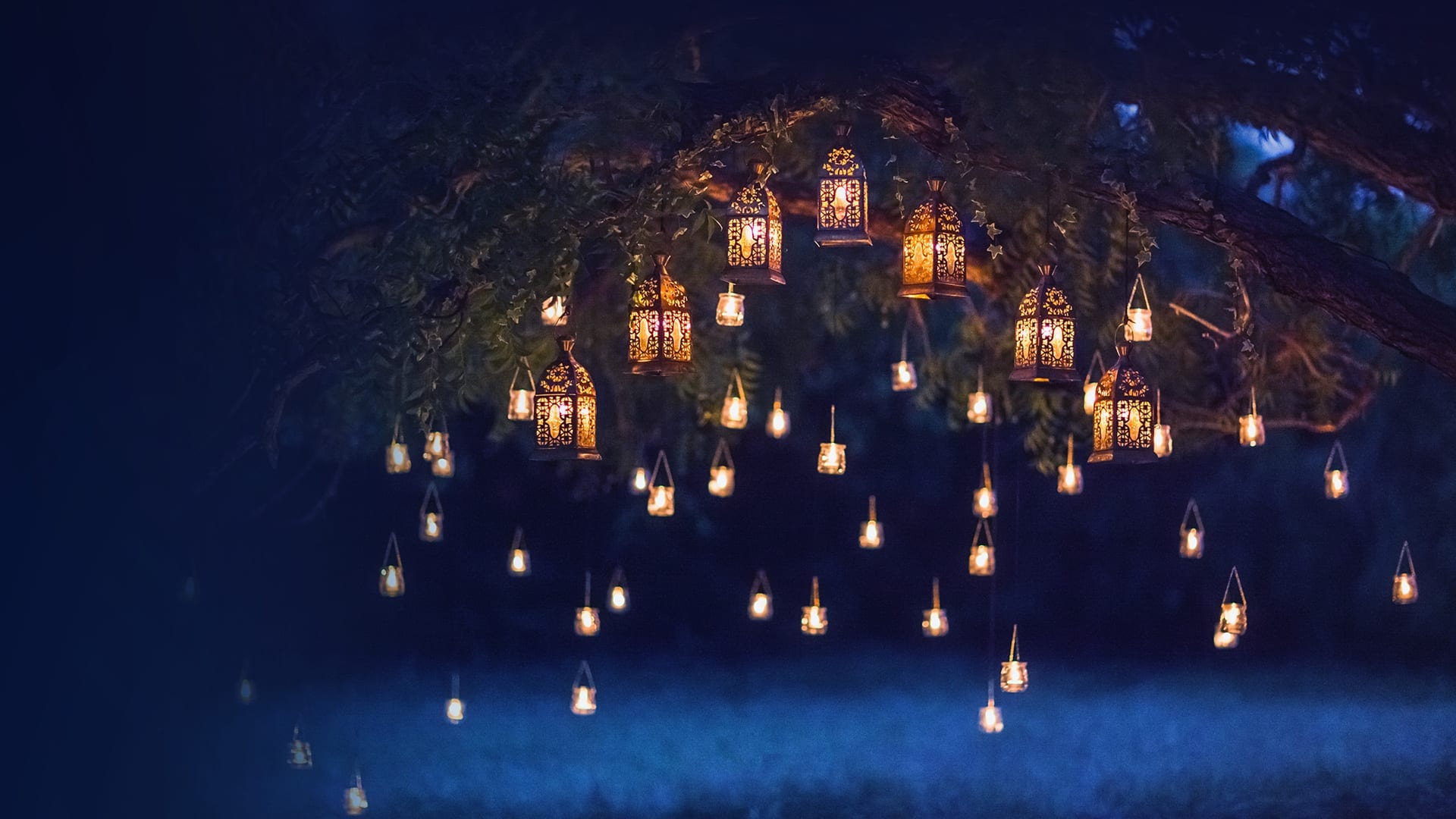
Deepen the relationship to your soul and learn how to better use your rich imagination.
Discover how the masters of different spiritual traditions approached their imagination and engaged with their soul and dreams. Learn and put into practice what Carl Jung termed Active Imagination as you expand your individuation toolbox with journaling, dialoguing, and drawing practices. Learn to use active imagination to enrich your own life, the lives of those around you, and even the world at large.
6 Classes
Approx. 30 min
Approx. 3 hours
What you will receive
6 Video & 6 Audio recordings
Companion Guide
Handouts
Access to your own Jung Platform account where all the content you've purchased will be stored.
Course Description
In 1913, Carl Jung wrote in The Red Book that he had lost his soul. This was the beginning of his self-discovery journey using a very specific way of interacting with his own soul and dreams. He called this method Active Imagination. Over a century later, we can ask ourselves, “how is our relationship to our soul?” Might we go, just like Jung, on a journey to rekindle our relationship with our soul?
In this course, we will learn how Jung developed the practice of active imagination, and later in his life, found its parallel in the procedures of alchemy. We will listen to how Plato, Ibn’ Arabi, Meister Eckhart, and Henry Corbin engaged with the world of soul and imagination.
The course will take us on our journey as we call to our soul and enter the imaginal world. We will practice the method of active imagination through creative exercises of journaling, dialoguing, and drawing.
We will learn to enliven our relationship with our soul, enjoy her friendship and guidance, and live a warmer, more colorful, and meaningful life.
This course is ideal if
- Befriend and listen to your soul.
- Understand and embrace your imagination.
- Discover the practice of active imagination.
- Learn how to dialogue with an image.
- Discover the way of alchemy.
- Explore The Red Book.
- Learn how to keep your own red book.
- Share your light and imagine a new world.
Course Overview
Class 1. Understanding Soul over the Centuries and Today
To rekindle our soul, we need to ask ourselves how we see the soul. In most traditions, the soul is the spiritual essence of a person. In more contemporary language, the soul is the animating principle of creation. We will briefly look at how Plato and Aristotle, Hildgard of Bingen and Meister Eckhart viewed the soul, then surveying its eclipse in the Age of Reason and to return with C.G. Jung. Reading excerpts from The Red Book, we will see how Jung confronted the unconscious and called out to his own soul.
Class 2. Understanding Imagination over the Centuries and Today
Now that we have looked at how the soul is understood, how do we relate to her? As her home is the spiritual world, it is through our imagination that we approach her. We will see how imagination was regarded by Plato, Hildegard, Ibn’Arabi, and Meister Eckhart. Then how it was viewed as magic during the Age of Reason. It was Jung who recognized the primacy of imagination. As he confronted the unconscious, his imagination showed him the way. Excerpts from Henry Corbin and James Hollis will complete our overview as we open our arms to embrace our imagination.
Class 3. C.G. Jung’s Practice of Active Imagination
In this class, we return to Jung to learn how he practiced active imagination. We will follow him into the dark as he lets himself fall into the unconscious. Vision upon vision rises from the depths. He encounters each one, treating the figures as real beings, dialoguing with them, learning from them. We will read his dialogue with his soul after traveling with her for almost a month in the desert. We will see how he actively imagined her, writing it down, and then how he commented upon the experience. How he quieted his conscious mind to learn from his unconscious, from his imagination.
Class 4. Active Imagination as the Equivalent to Alchemy
We continue our approach to active imagination by looking at alchemy. It was during his 16 year-long journey in the unconscious, that Jung uncovered the creative process of active imagination. And it was shortly afterward, during his intensive study of alchemy, that he recognized the alchemical operation as “the equivalent of the psychological process of active imagination.” (CW14, par.749)
In looking at the history of alchemy, we will see how under-neath the chemical discipline to transform base metals was the spiritual discipline to transform the human individual. We will explore the three major alchemical steps – nigredo, albedo, and rubedo – and compare them to the steps of active imagination.
Class 5. Different Ways of Active Imagination: Journaling,
Dialoguing, Drawing
In this class we will look at three ways of active imagination, realizing that there are innumerable ways and that active imagination becomes a daily practice. Journaling is a journey in self-discovery. With our words we give life to what we see, touch, hear. We bridge the visible and the invisible. We awaken the butterfly who speaks to us of the soul. We will see how journal entries from Etty Hillesum and Thomas Merton are active imaginations. Dialoguing is a way to recognize the psychological reality of our images and to learn from them. We enter the imaginal world and ask the image what it has to teach us. We will look at another of Jung’s dialogues from The Red Book, and at a simpler one of Susan Tiberghien.
Another way to creatively engage our images is through Drawing. We have Jung’s vibrant paintings in The Red Book which were active imaginations in their own right. It was also his discovery of the mandala which served this purpose. We will review the significance of mandalas and look at Jung’s mandala of the Philosopher’s Stone.
Class 6. Imagining a New Tomorrow: Speak and Bear Witness
How does our journey of active imagination lead us to a new tomorrow? Where did Jung’s confrontation with the unconscious take him? We know it took him toward dedicating his life to sharing the teachings he had received, and finally to uncovering a kinship with all creation. Reading excerpts from Rainer Maria Rilke, Etty Hillesum and Clarissa Pinkola Estes, we will be encouraged to listen to our own calling and find ways to respond. We will speak and bear witness. We will show our soul.
By the end of this course you will
- Deepen your awareness of your soul. You will befriend her and listen to her.
- Appreciate how Jung did this as you grow familiar with The Red Book.
- Awaken your imagination and learn to give it free rein. You will enter the imaginal world.
- Learn different ways to practice active imagination.
- Enjoy seeing yourself as an alchemist.
- Speak and bear witness.
- Wish to stand and show your soul.
Scholarships
We here at Jung Platform want to make these programs available to anyone. If you would love to participate yet can’t pay for the full course, then please send us an email at [email protected] and describe why you feel you qualify for a scholarship, how much you can pay, and what you will do to help the Jung Platform promote this and other programs.
The Jung Platform Guarantee
We stand by our programs. If within 30 days of your purchase or the live course start, you're not satisfied, we offer a replacement or a full refund.
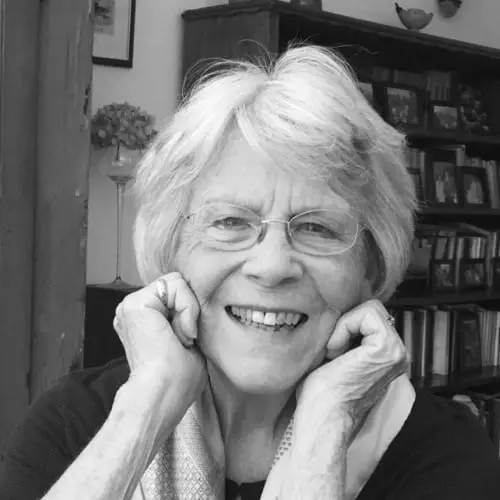

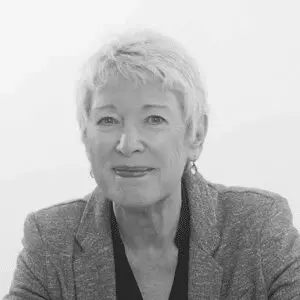
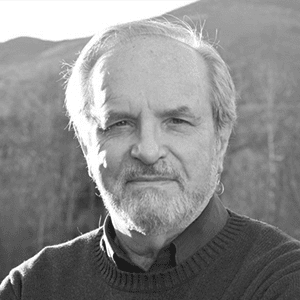 12 Teachers
12 Teachers 